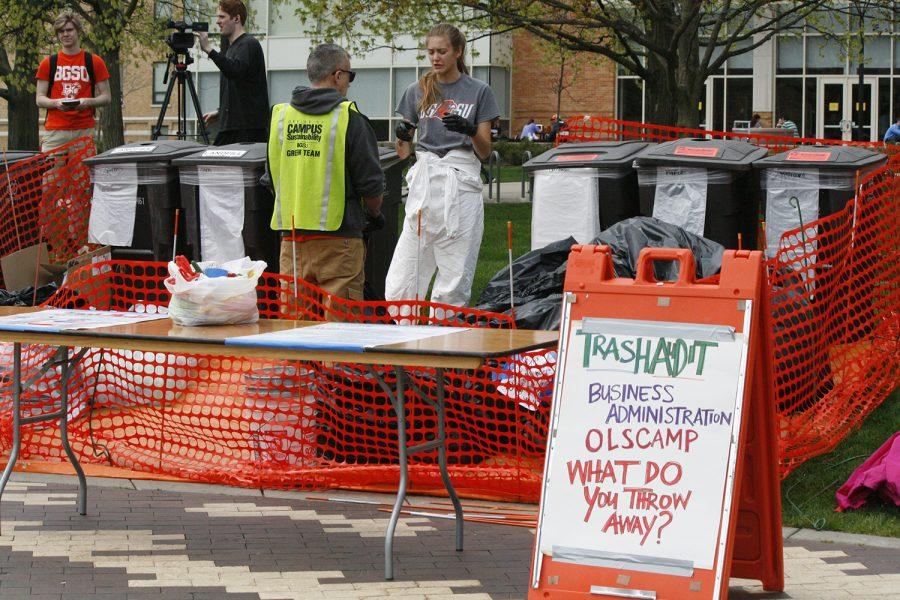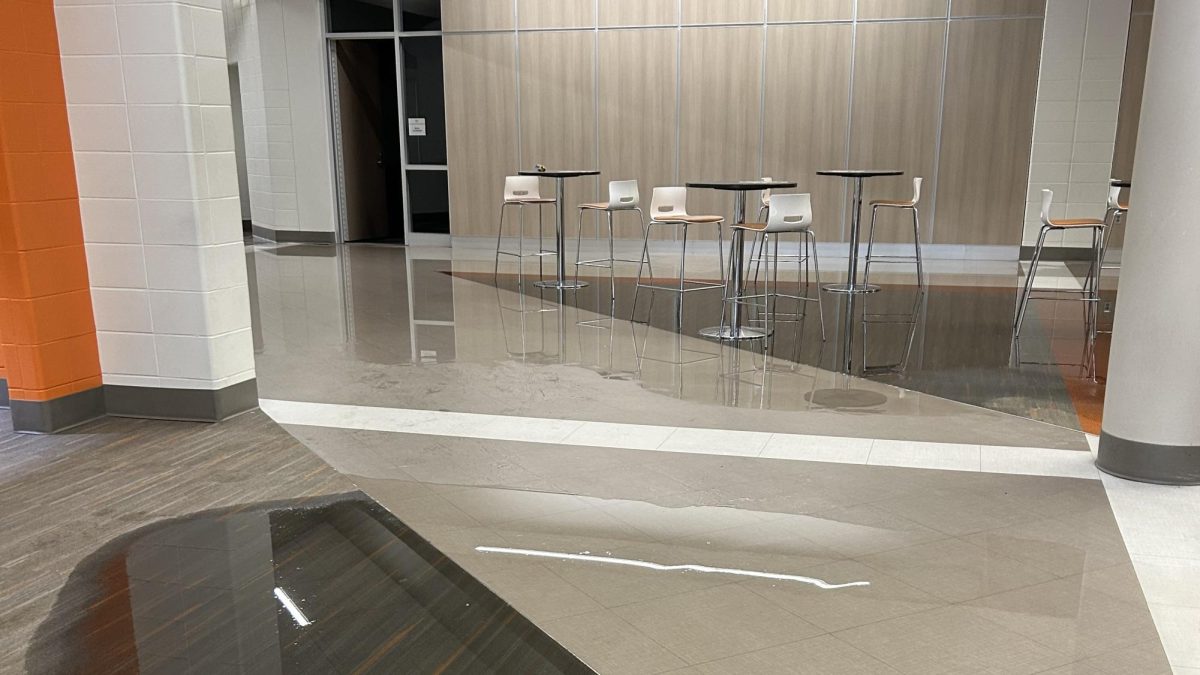Winter has officially been here in northwest Ohio for some time now, and when snow or ice strikes the area, local public service departments are out in full force ensuring the roads are safe for travel.
Roads are treated using salt or brine, which is a liquid made of water and salt that is sprayed onto the roads.
“We use brine for a couple different purposes,” said Rob Ross, the City of Perrysburg’s director of public service. “One is we will pre-treat roads if the conditions are right.”
To use brine, road temperatures need to be above 15 degrees, and rain cannot be in the forecast before a winter weather event. If rain is forecasted, Ross said the city won’t use the brine solution.
Another use for brine is coating the salt that comes out of a truck’s salt dispenser. The goal is to wet the salt with brine to reduce bounce and keep the salt on the roadways.
“It also more quickly activates that salt that we’re applying, so it reduces time for salt to work on the roads,” Ross said.
Although salt may make your vehicle dirty, safety is at the forefront of Ross’ decisions.
“We apply salt strategically, as little as possible, but we also have to be mindful of safety. My job is to clear the roads as quickly and safely as we can, but we are also conscious of the amount of salt that gets on a road or gets in the waterways,” said Ross.
Though salt and brine are used to keep roads safe, the preventative measures may have an impact on your car if not washed off soon after they get on your vehicle.
Bill Hodgson, the lead technician at Tuffy Auto Service Center in Perrysburg said rust is one of the major corrosive effects of a salty car.
“It gets up underneath inside the panels, inside the cracks and there’s no way to get rid of it, and it causes rust from the inside out,” said Hodgson. “It takes its wear and tear on everything.”
If your vehicle does have salt damage, Hodgson said it may be too late once you notice it.
“You start to see bubbles on your paint, paint chips—salt can get thrown up on the car and cause paint chips,” said Hodgson.
Both Ross and Hodgson said the best piece of advice they can offer is to wash the salt off your vehicle as quickly as you can.
“Keep the undercarriage washed. If you go through a car wash, get the under-car blast. Every little bit helps. Wash out your wheel wells,” said Hodgson.
Ross also said another piece of advice to drivers is to use caution when salt and plow trucks are out on the roads.
“We recommend staying 100 feet away from a salt truck either when it’s applying brine or salt,” Ross said. “If you can stay away from brine when it’s first put down because it’s put down wet—it needs some dry time.”
Even if vehicle owners don’t like salt coating their cars in the winter, Ross said keeping drivers safe is important.
“I think very much about high school drivers and the young people that are driving on our roads—we’re very conscious of that,” said Ross.



















